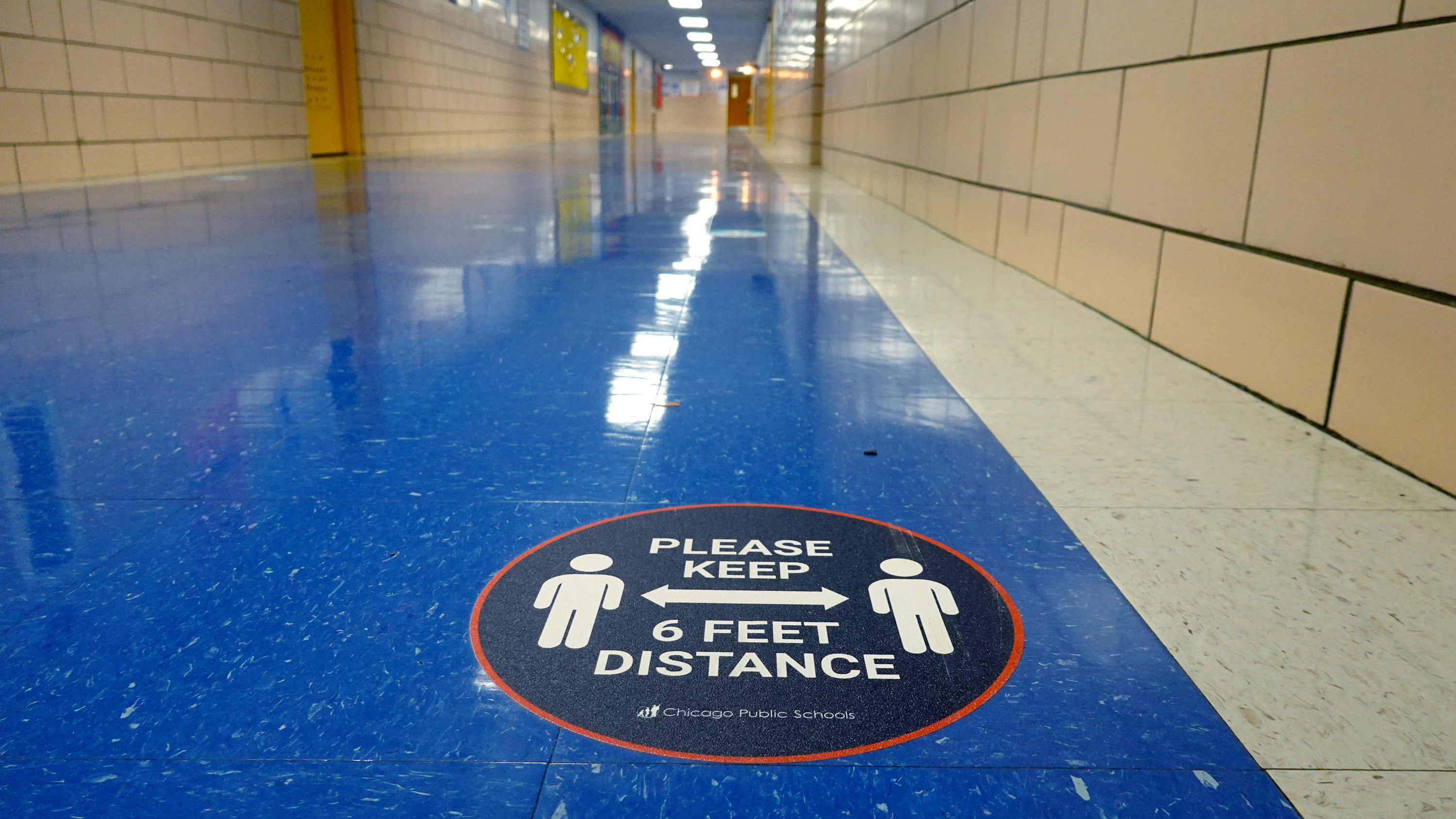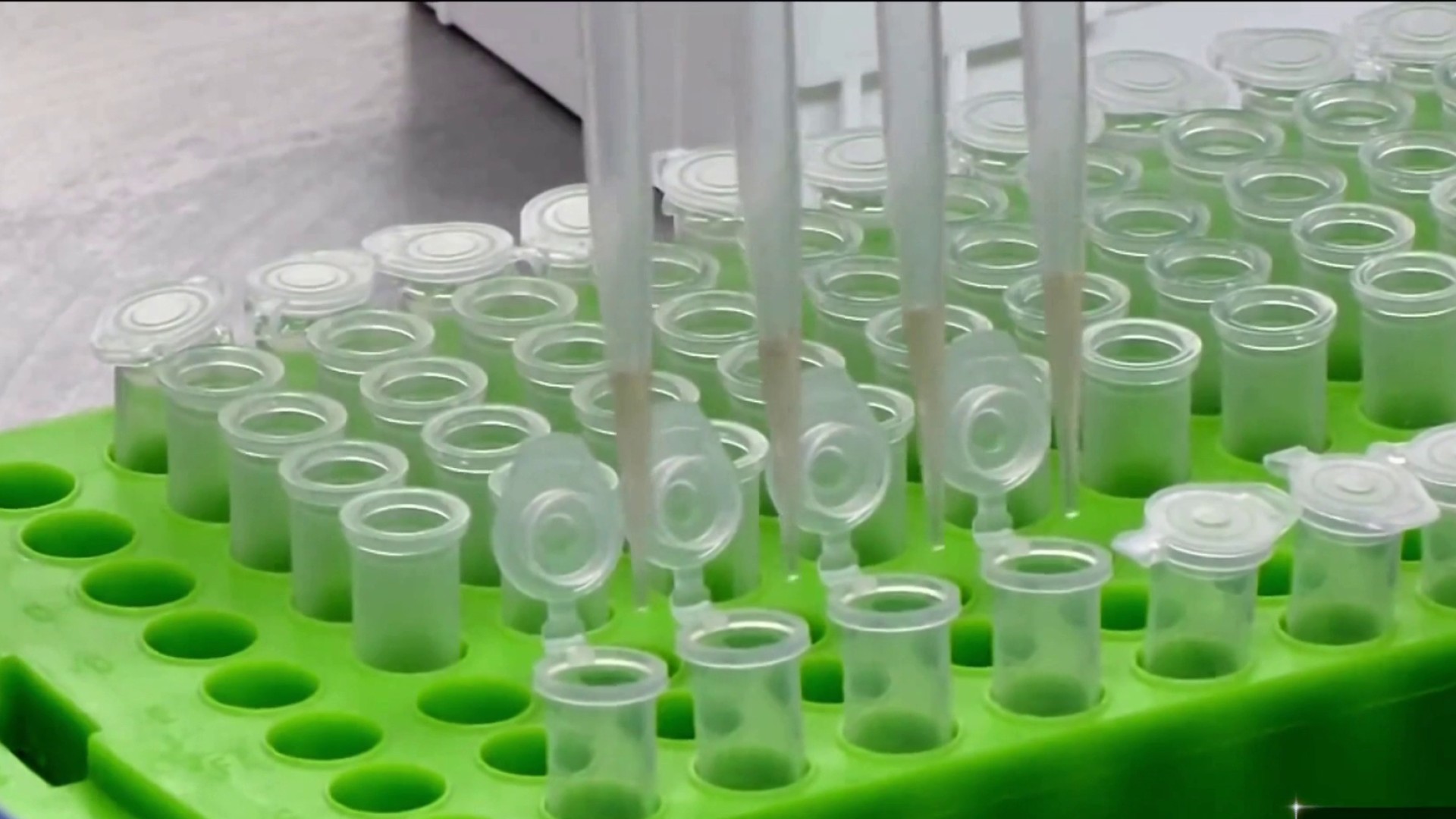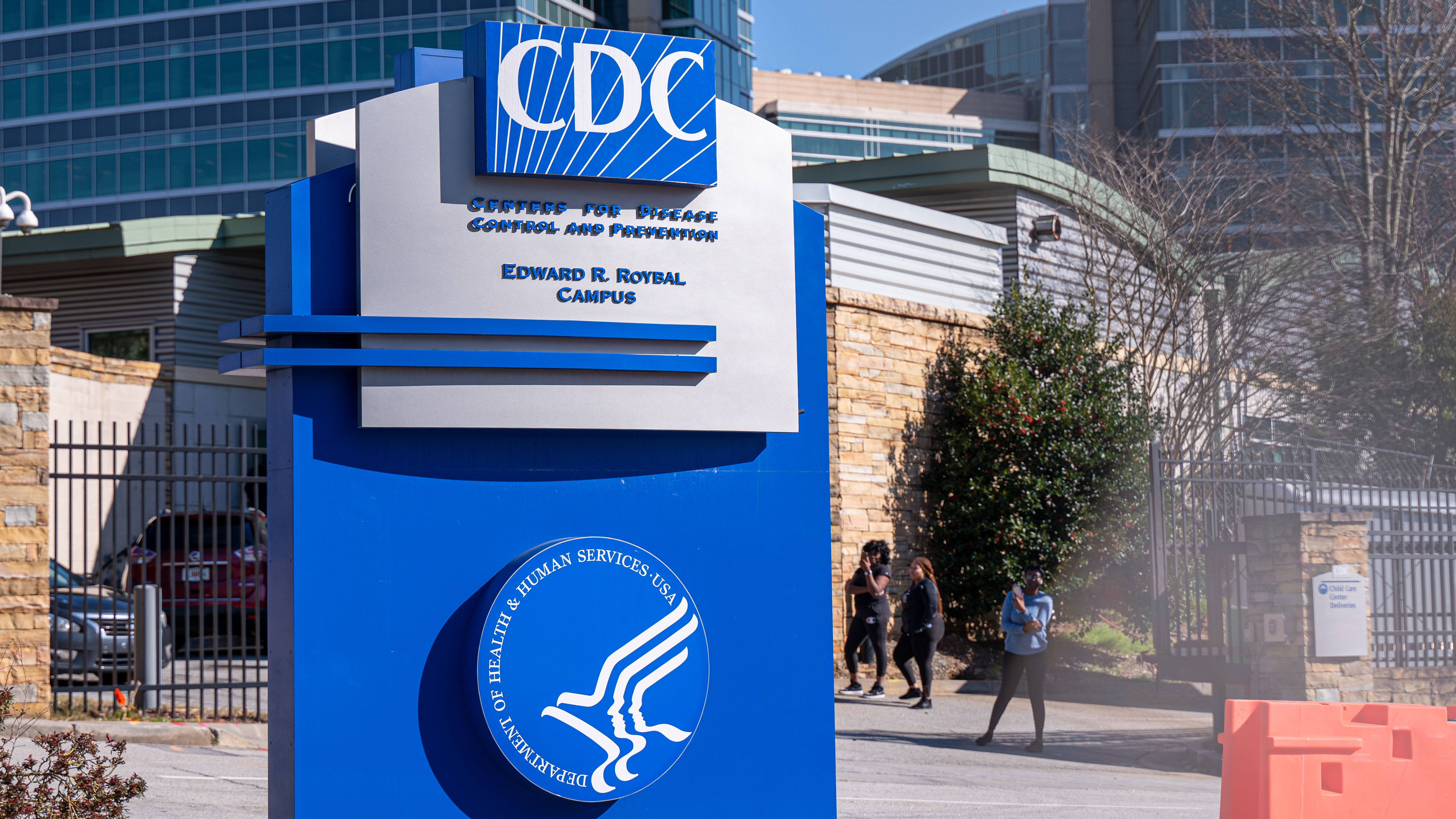Although the Centers for Disease Control and Prevention is still classifying the city's COVID community spread as "high," Chicago Department of Public Health Commissioner Dr. Allison Arwady stressed on Tuesday that as the virus continues to evolve, so too may its current guidelines.
"I do think that the guidelines are evolving," Arwady said during a Facebook Live update Tuesday, referring to the CDC's current protocols.
"I believe they're going to be doubling down on this idea of isolation," Arwady said Tuesday. "... You've got to be home. You've got to mask. And I think we'll see more of, you know, if you've potentially been in contact, wear that mask, get tested."
As the 2022-2023 school year approaches, Chicago Public Schools has announced new COVID protocols for students and staff, including moving forward without mandates, but implementing more "close contact" and "test-to-stay" procedures.
Feeling out of the loop? We'll catch you up on the Chicago news you need to know. Sign up for the weekly Chicago Catch-Up newsletter here.
And while the CDC is expected to release new school COVID guidelines soon, Arwady said Tuesday that while she doesn't expect much to change in terms of guidelines around isolation, she does see the potential for quarantine to evolve.
"We as a society are moving away from quarantine," Arwady said. "Not moving away from isolation, but moving away from quarantine for people who were maybe exposed."
Still, Arwady stressed that the current guidelines haven't changed yet, but are often dependent on the virus, or even the variant.
"I don't anticipate changes to the isolation or quarantine protocols soon. We have different isolation and quarantine protocols for different viruses depending on how the virus behaves. We don't need to be doing these, sort-of 'shutdown' type things in the absence of some scary new variant. I hope we never ever get there again. But it is balancing sort of risk and benefit there."
Here's a breakdown of what the current COVID quarantine guidelines are if you've been exposed, regardless of vaccination status.
Here's the Current Quarantine Guidance:
If you come into close contact with someone with COVID-19, you should quarantine if you are not up-to-date on COVID-19 vaccines or are unvaccinated. For these individuals, the CDC and IDPH recommend you:
- Stay home and away from other people for at least five days after your last contact with a person who has COVID-19. The date of your exposure is considered day zero. Wear a well-fitting mask when around others at home, if possible.
- For 10 days after your last close contact with someone with COVID-19, watch for fever (100.4◦F or greater), cough, shortness of breath, or other COVID-19 symptoms.
- If you develop symptoms, get tested immediately and isolate until you receive your test results. If you test positive, follow isolation recommendations.
- If you do not develop symptoms, get tested at least five days after you last had close contact with someone with COVID-19.
- If you test negative, you can leave your home, but continue to wear a well-fitting mask when around others at home and in public until 10 days after your last close contact with someone with COVID-19.
- If you test positive, you should isolate for at least five days from the date of your positive test (if you do not have symptoms). If you do develop COVID-19 symptoms, isolate for at least five days from the date your symptoms began (the date the symptoms started is day 0). Follow recommendations in the isolation section below.
- If you are unable to get a test five days after last close contact with someone with COVID-19, you can leave your home after day five if you have been without COVID-19 symptoms throughout the five-day period. Wear a well-fitting mask for 10 days after your date of last close contact when around others at home and in public.
- Avoid people who are have weakened immune systems or are more likely to get very sick from COVID-19, and nursing homes and other high-risk settings, until after at least 10 days.
- If possible, stay away from people you live with, especially people who are at higher risk for getting very sick from COVID-19, as well as others outside your home throughout the full 10 days after your last close contact with someone with COVID-19.
- If you are unable to quarantine, you should wear a well-fitting mask for 10 days when around others at home and in public.
- If you are unable to wear a mask when around others, you should continue to quarantine for 10 days. Avoid people who have weakened immune systems or are more likely to get very sick from COVID-19, and nursing homes and other high-risk settings, until after at least 10 days.
- Do not travel during your five-day quarantine period. Get tested at least five days after your last close contact and make sure your test result is negative and you remain without symptoms before traveling. If you don’t get tested, delay travel until 10 days after your last close contact with a person with COVID-19. If you must travel before the 10 days are completed, wear a well-fitting mask when you are around others for the entire duration of travel during the 10 days. If you are unable to wear a mask, you should not travel during the 10 days.
- Do not go to places where you are unable to wear a mask, such as restaurants and some gyms, and avoid eating around others at home and at work until after 10 days after your last close contact with someone with COVID-19.
Those who are close contacts of someone with COVID but are up-to-date on their vaccinations or have had a confirmed case of COVID-19 within the last 90 days do not need to quarantine, but the CDC does recommend they wear a well-fitting mask around others for 10 days after their most recent exposure and get tested after at least five days.
Here's the Current Isolation Guidance:
According to the CDC, people who are positive for COVID should stay home until it's safe for them to be around others, including other members of their home.
Health officials recommend a "sick room" or area for those who are infected and a separate bathroom, if possible.
But isolation may not just be for those who test positive. The CDC also recommends those who have symptoms of COVID-19 and are awaiting test results or have not yet been tested isolate, "even if they do not know if they have been in close contact with someone with COVID-19."
How do you end isolation?
- You can end isolation after five full days if you are fever-free for 24 hours without the use of fever-reducing medication and your other symptoms have improved (Loss of taste and smell may persist for weeks or months after recovery and need not delay the end of isolation).
- If you continue to have fever or your other symptoms have not improved after five days of isolation, you should wait to end your isolation until you are fever-free for 24 hours without the use of fever-reducing medication and your other symptoms have improved. Continue to wear a well-fitting mask through day 10. Contact your healthcare provider if you have questions.
- Do not go to places where you are unable to wear a mask, such as restaurants and some gyms, and avoid eating around others at home and at work until a full 10 days after your first day of symptoms.
How do you calculate your isolation period?
According to the CDC, "day zero is your first day of symptoms." That means that day one is the first full day after your symptoms developed.
For those who test positive for COVID but have no symptoms, day zero is the day of the positive test. Those who develop symptoms after testing positive must start their calculations over, however, with day 0 then becoming the first day of symptoms.
Under the CDC guidance, those in isolation should:
- Monitor your symptoms. If you have an emergency warning sign (including trouble breathing), seek emergency medical care immediately.
- Stay in a separate room from other household members, if possible.
- Use a separate bathroom, if possible.
- Take steps to improve ventilation at home, if possible.
- Avoid contact with other members of the household and pets.
- Don’t share personal household items, like cups, towels, and utensils.
- Wear a well-fitting mask when you need to be around other people.




